Limescale filter pads for AcalaQuell® Mini
With a lime filter pad you reduce the lime in your water, depending on the water hardness the change interval is 2 – 4 weeks.
Scope of delivery:
12 x lime filter pad
Note: these lime filter pads only fit an AcalaQuell® Mini
How does lime get into the water and is it harmful?
Many people have the idea that lime is in the same form as you see it as a deposit on faucets, in water pipes or in the kettle,
is also in our water.
But is it true? Is lime in the water just like the white deposits?
Are these hard “rocky” deposits in small pebbles in the water?
And does this cause calcified arteries or stones in the kidneys?
No, contrary to many rumors, calcium has nothing directly to do with either kidney stones or “calcified” arteries.
Surprisingly, lime in water is something absolutely different, lime is dissolved in water as if you put a spoonful of salt in water, the salt, like the lime, dissolves completely.
Lime is nothing more than minerals such as calcium and magnesium and is beneficial to our body and in no way harmful.
It is simply a somewhat unfortunate colloquialism to speak of “calcified” arteries.
What is lime?
The term lime, in reference to water, simply means the content of dissolved calcium carbonate. Calcium carbonate is one of the most common minerals, in the form of calcite, in the earth.
How does the lime get into the water?
There are different ways how water binds minerals to itself, for example when
rain falls, it absorbs carbon dioxide from the atmosphere, which becomes carbonic acid in the water. This carbonic acid reacts with the calcium on the ground and so the calcium carbonate gets into the water.
How then do these limescale deposits occur, e.g. in the hot water pipes or in the kettle?
They occur when the saturation limit of the lime in the water is exceeded. This can happen when the water dries (then there is proportionally more lime dissolved in the water), or when the water is heated.
With normal lime content and at low temperatures it is not a problem, the saturation limit has not yet been reached.
But when the water is heated, the balance between the calcium carbonate and the carbonic acid changes: with the heat, the carbon dioxide escapes from the water, the solubility of lime in the water then becomes lower, calcium bicarbonate turns into calcium carbonate, there is an oversaturation of the water with lime, then the excess lime precipitates as a solid deposit (scale).
Unlike humans, machines have problems with lime, as heating rods become coated with lime and are thus unable to heat for a certain period of time. Before machines found their way into our households, “lime” was never a problem.
What about the so-called arteriosclerosis?
The term “arteriosclerosis” is misleading, because it is actually arteriosclerosis, in which deposits of blood fats, thrombi, connective tissue, etc., take place in the vessel walls, and not lime. Consequently, one should not be afraid to drink calciferous water, as it can be drunk without hesitation.
Is lime harmful?
Not at all! Calcium is an important nutrient. Calcium is a bulk element, with more than 50 mg per kg of body weight (unlike trace elements, whose concentration in the body is lower).
In fact, calcium is the mineral with the highest concentration in the human body (99% of it is found in bones and teeth).
Since lime is healthy, we don’t want to filter it out of drinking water completely.
That it is sometimes preferred to drink a water with less lime is mainly a matter of taste.
Since lime is dissolved in water, decalcification cannot be achieved by filtration such as with activated carbon, but only with a suitable ion exchanger by exchanging calcium ions with sodium ions.
Tip:
If you find some crumbs in your water from time to time, these are loose deposits from your pipes or faucet, your AcalaQuell water filter reliably filters out these residues.
the statutory liability for defects applies

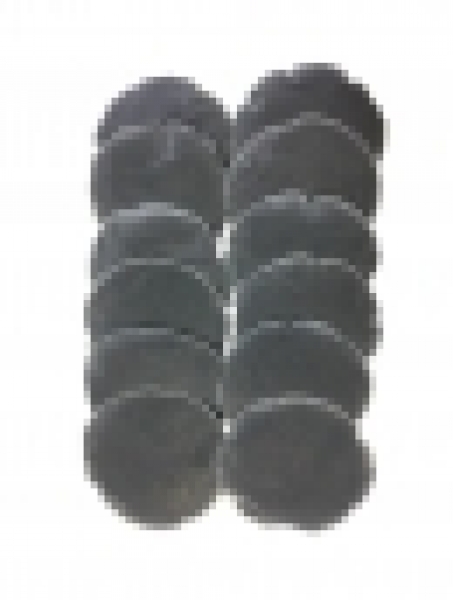
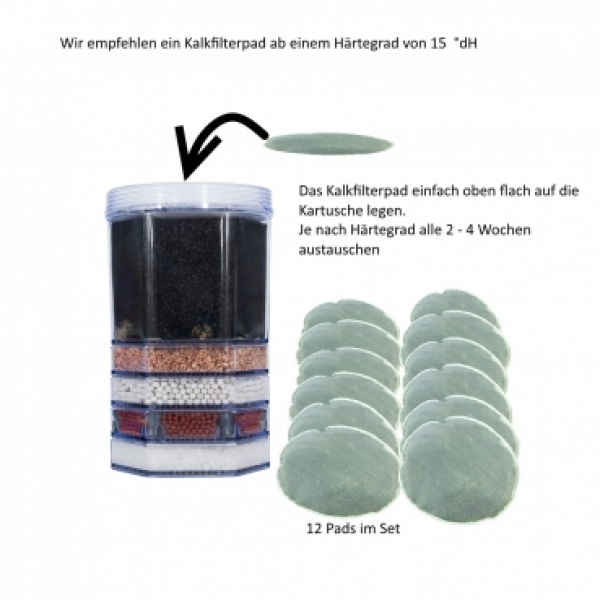



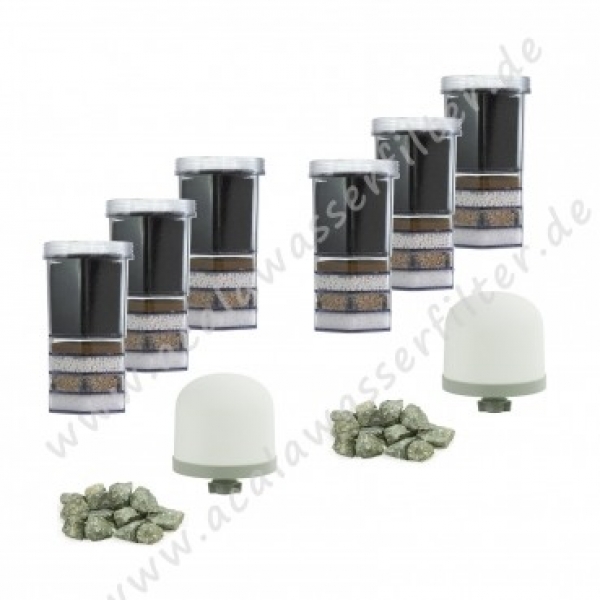
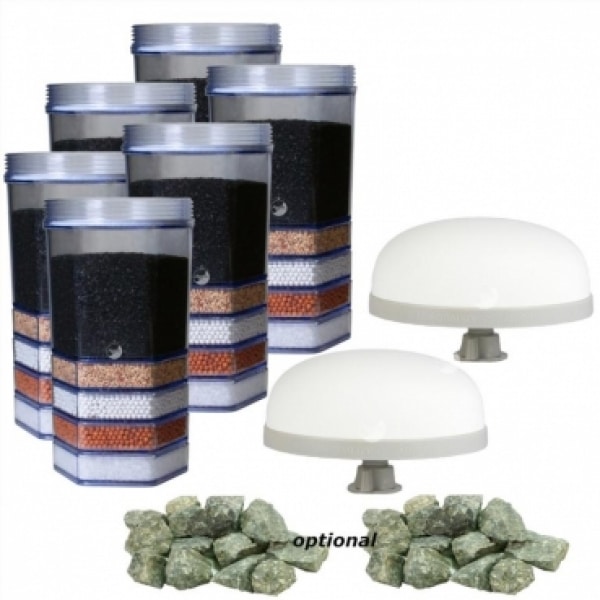
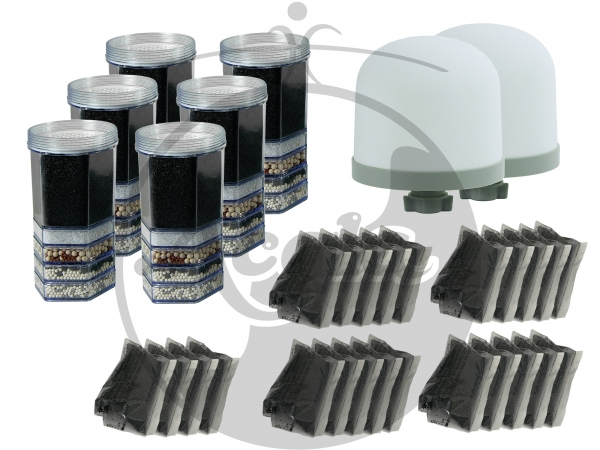
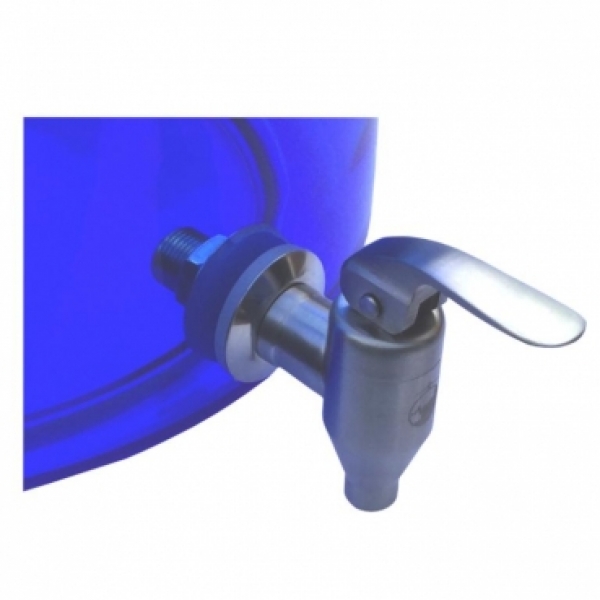
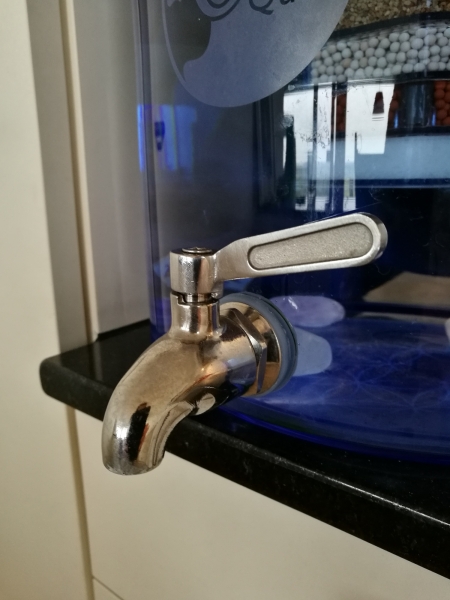
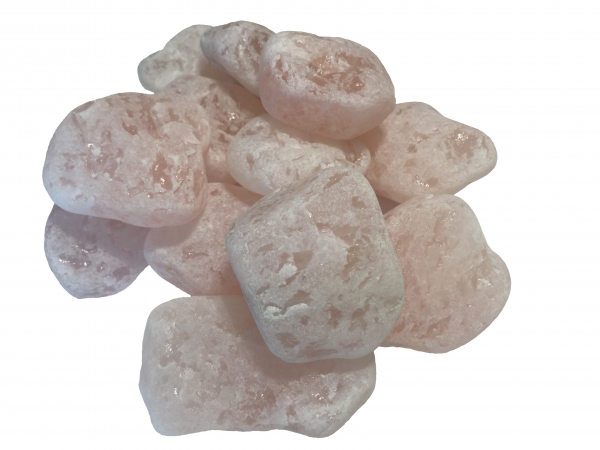
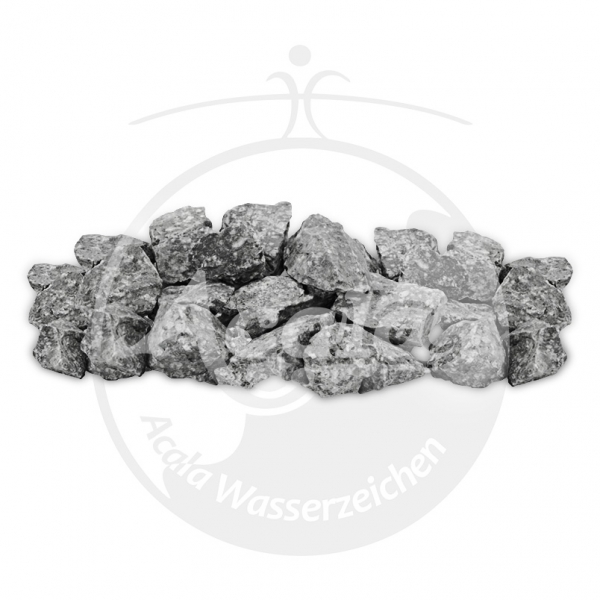
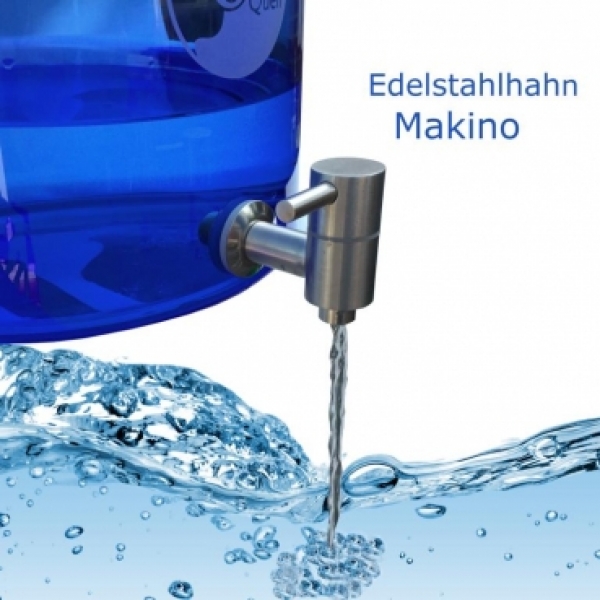
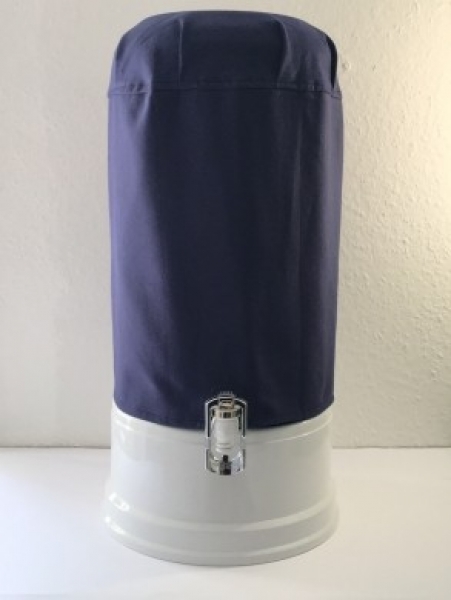

Reviews
There are no reviews yet.